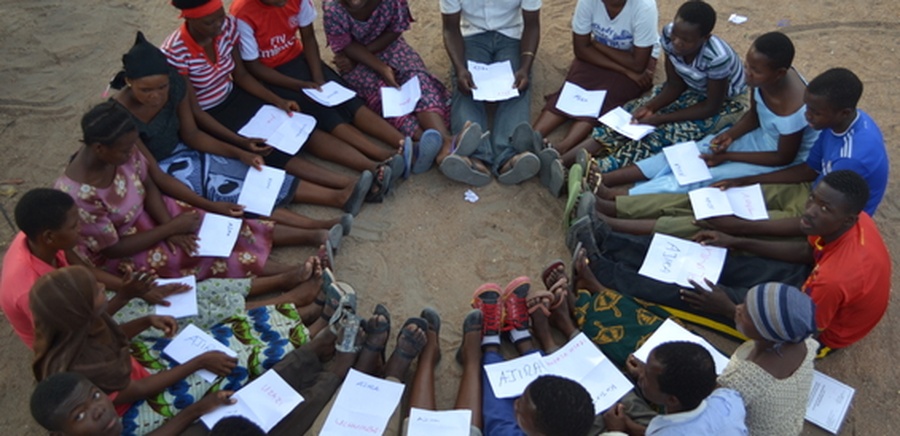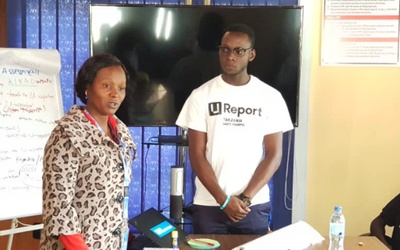An aviation milestone was achieved last week in Malawi, as a team from Virginia Tech supervised a fully autonomous, 19 km simulated drug delivery flight in a drone designed at Virginia Tech and built by Malawian students. The aircraft, called EcoSoar, was designed at the Unmanned Systems Lab to be fabricated and operated locally in Malawi for remote medicine delivery and remote sensing purposes.
The flight testing occurred at the drone testing corridor in Kasungu, opened by the Government of Malawi and UNICEF in June, 2017 to explore drone applications in emergency medical supply delivery, vaccines and sample delivery for diagnosis, and remote sensing. The corridor is the first of its kind in Africa and allows for Beyond Visual Line of Sight (BVLOS) testing in a territory over 5000 km² and up to 400 meters above ground level.

Global companies that participate in this drone testing corridor will also be required to spend time training and working with local students, engineers, and entrepreneurs and sharing the skills and opportunities that this emerging industry provides. This skill-sharing will ensure that not only are technologies tested in Malawi, but that those tests develop a workforce that can pilot, service, and utilize this technology in the future.

Already manifesting this requirement, a two-day workshop for Malawian students was held. Kevin Kochersberger, Zack Standridge and James Donnelly from Virginia Tech coached 13 students and faculty from Malawian universities in a two-day workshop through the construction of the aircraft that is made of foam core (poster board) and 3D printed parts to facilitate local production and keep costs low.
Five aircraft were fabricated during the two-day workshop, starting with only sheets of foam core and pre-printed plastic components. Kevin Kochersberger from Virginia Tech underlined that “it is a testimony to the clever design of the aircraft that 13 participants who had limited or no experience in aircraft construction were able to successfully build flying aircraft”.

On November 8, the aircraft was test flown at the Kasungu airport in preparation for the delivery flight the next day.
On November 9, the real endurance test for the newly built drones was taking place. Gogode which is a small community 17 km from the aerodrome was chosen as the site for the first simulated unmanned delivery of medicine because of the health centre located there and the bad road connection to Kasungu. After one aborted test flight, the second try proved to be a perfect, fully autonomous flight to Kasungu airport! The flight took some 16 minutes and covered an actual distance of 19 km.

It was truly inspiring to see a Malawi manufactured drone only built days before by students under Virginia Tech guidance, could have a potential to deliver medicine to remote hard to access communities.
This is a great example of how important it is to build local capacity in the drone sector. If we can build an ecosystem of drone experts locally, we can ensure that these solutions are sustainable and embedded within the communities it services.
Witnessing these, I see the great opportunity for drones to leapfrog over broken infrastructure to carry lifesaving materials, in places where developed transportation networks do not exist.
More information on the Malawi drone testing corridor and UNICEF’s work with drones may be found here.







